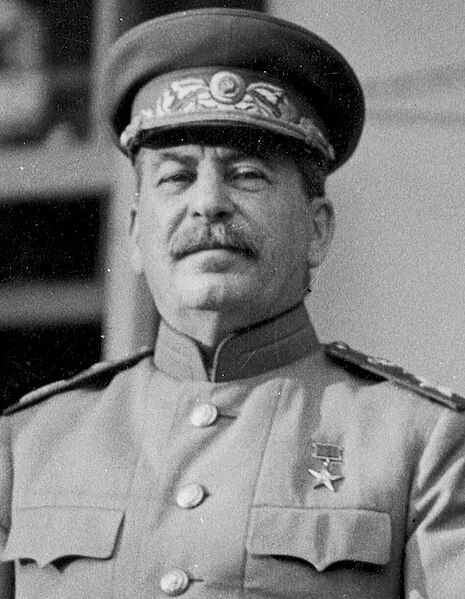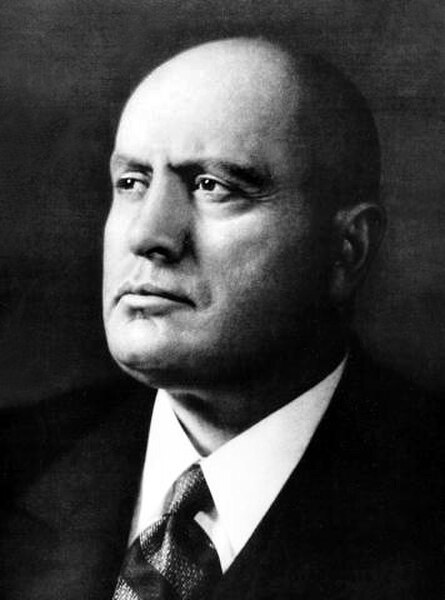Comparison of Nazism and Stalinism
Some historians and other authors have carried out comparisons of Nazism and Stalinism. They have considered the similarities and differences between the two ideologies and political systems, the relationship between the two regimes, and why both came to prominence simultaneously. During the 20th century, the comparison of Nazism and Stalinism was made on totalitarianism, ideology, and personality cult. Both regimes were seen in contrast to the liberal democratic Western world, emphasising the similarities between the two.
Adolf Hitler
Joseph Stalin
Hannah Arendt in 1933
Zbigniew Brzezinski
Totalitarianism is a political system and a form of government that prohibits opposition political parties, disregards and outlaws the political claims of individual and group opposition to the state, and controls the public sphere and the private sphere of society. In the field of political science, totalitarianism is the extreme form of authoritarianism, wherein all socio-political power is held by a dictator, who also controls the national politics and the peoples of the nation with continual propaganda campaigns that are broadcast by state-controlled and by friendly private mass communications media.
Totalitarian dictator: Il Duce Benito Mussolini was supreme leader of Fascist Italy (1922–1943).
Anti-totalitarian: Hannah Arendt thwarted the totalitarian model Kremlinologists who sought to co-opt the thesis of The Origins of Totalitarianism (1951) as American anti–Communist propaganda that claimed that every Communist state was of the totalitarian model.
Anti-totalitarian: the American political scientist Zbigniew Brzezinski popularised combating Left-wing totalitarianism in U.S. foreign policy.
President Isaias Afwerki has ruled Eritrea as a totalitarian dictator since the country's independence in 1993.






